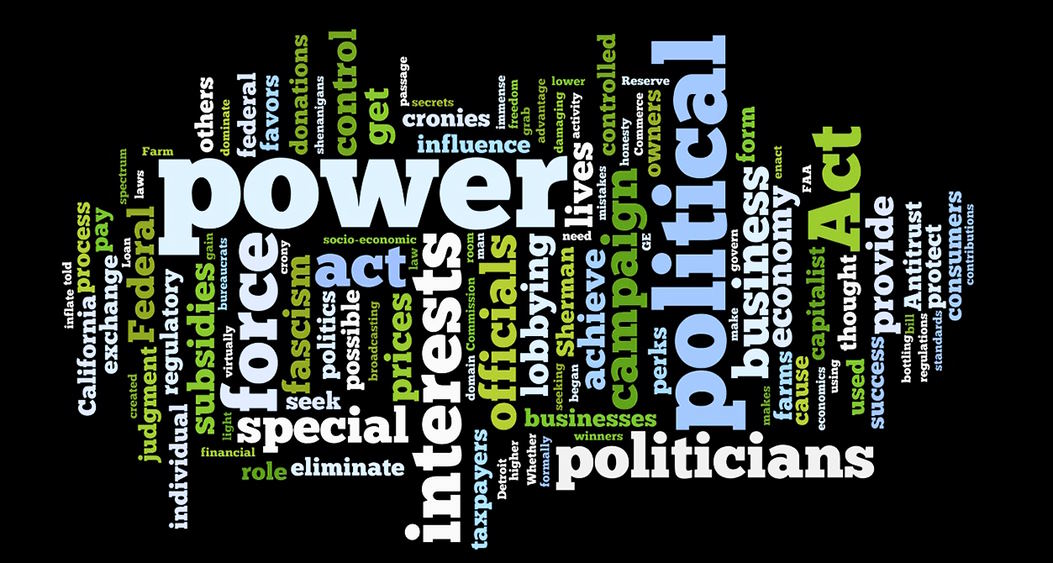
Way The Political Opportunity Structure Can Help Your Political Campaign
Political campaigning is an extremely demanding endeavor. It requires extensive planning, dedication and a deep understanding of the ever-changing external factors that can influence your chances of success. One important concept to understand in political campaigns is the political opportunity structure – it’s a powerful tool that every candidate should be taking advantage of if they want to boost their odds at electoral victory. In this blog post, we’ll explore how you can leverage the political opportunity structure within your own campaign, from identifying favourable positional advantages to assessing the impact of policy formulation on your opponents. Then, let’s dive into the different ways you can use this key factor for success!
Why the political opportunity structure favors certain candidates
The political opportunity structure of any given election cycle plays a large role in determining which candidates are most likely to succeed. This structure comprises various factors, including the state of the economy, public opinion polls, and voter turnout rates. In addition, rules imposed by parties, such as those governing primary elections or campaign financing regulations, can significantly shape the political opportunity structure.
When these components coalesce in a particular way that favors certain candidates over others—such as when economic conditions favor incumbents or when media coverage bolsters one candidate’s profile more than another’s—those favored individuals will have an edge on their competitors. For example, suppose incumbents benefit from favorable public opinion surrounding their performance in office thus far. In that case, they may have an advantage in the polls that can help them secure a victory.

A political opportunity structure which works to the disadvantage of certain individuals or groups can also limit their access to the political process and make it harder for those individuals and groups to make their voices heard. This could be particularly acute if, for example, restrictions on campaign financing prevent some candidates from mounting competitive campaigns due to lack of resources. In such cases, regardless of how well-suited a candidate is to addressing particular issues or representing certain constituencies, he or she may not have the means necessary to gain traction in the election cycle.
Ultimately, the political opportunity structure significantly impacts who makes it onto ballots and who ultimately succeeds during any given election cycle. This is why it is important to pay attention to what components influence the political opportunity structure and how they may affect different candidates. These factors can not only indicate which candidates have an edge in a particular race but also serve as a warning of potential obstacles that certain individuals or groups face when attempting to gain access to the political process.
How the political opportunity structure affects important decisions
Political opportunity structure can be defined as the characteristics of a political environment at any given moment, which are crucial to understanding the dynamics of social movements’ activities and outcomes. The political opportunity structure is comprised of factors such as access to political power, type and extent of government repression, level of societal support for change, legitimacy accorded to movement objectives, presence of allies within the state system or at least within civil society, access to resources and media coverage, amongst others. Such factors have been observed to help shape participation rates in protest activity and mobilization and strategies deployed by social movements.
Research into the role and impact of the political opportunity structure on social movements’ decisions has been conducted in various ways. For instance, some studies explored how different levels of repression from the state impacted mobilization efforts by social movements. These findings suggest that increased repression can lead to a decrease in protest activity and higher risk of failure for social movements, as well as an increase in disunity within the group. On the other hand, some research indicates that certain types of state repression may cause greater mobilization due to its signalling effects.

In addition to studying changes in the participation rate and strategies deployed by groups under different levels of political opportunity structure, researchers have also examined how social movements take advantage or avoid risks posed by varying degrees of opportunity structure. Many scholars have argued that successful mobilization often depends on a combination of internal organization coupled with external factors such as a favorable political climate and supportive allies. These studies suggest that when there is a lack of access to political power or repressive policies, social movements must develop ways to navigate these obstacles to achieve their objectives. As such, groups often employ strategies such as forming coalitions with other social movement organizations, developing campaigns designed to garner support from civil society or building alliances with sympathetic individuals within the state system.
Ultimately, it is clear that the political opportunity structure has powerful implications for how decisions are made by social movements and ultimately affects their outcomes. Therefore, those interested in understanding social movement dynamics must consider the various factors composing the political opportunity structure when studying participation rates and mobilization efforts. By doing this, we can better understand the processes through which social movements operate and their impact on society.
